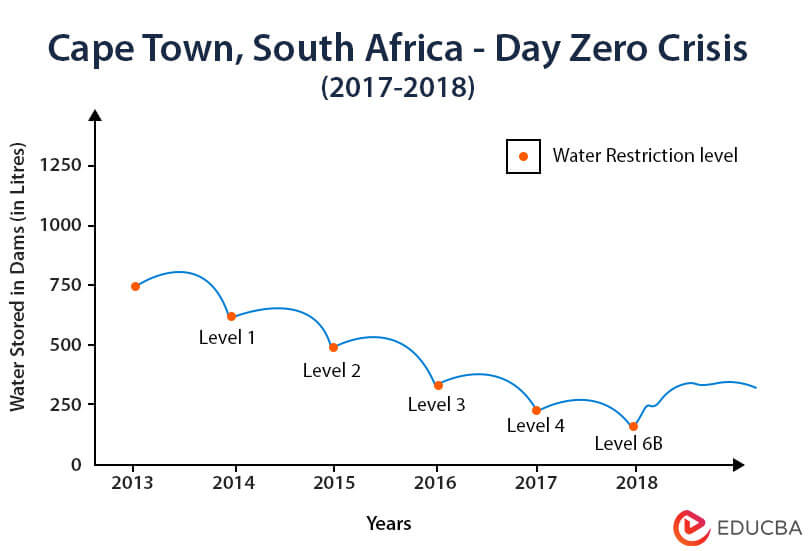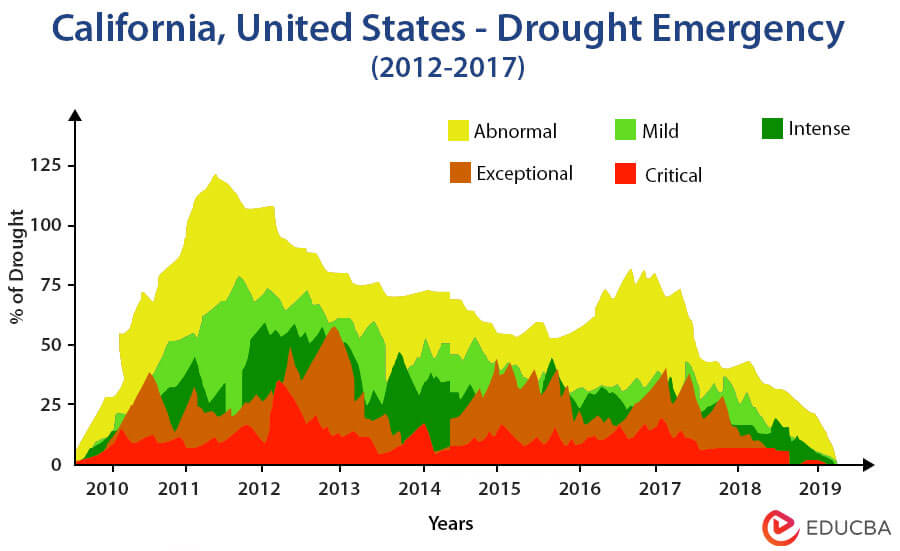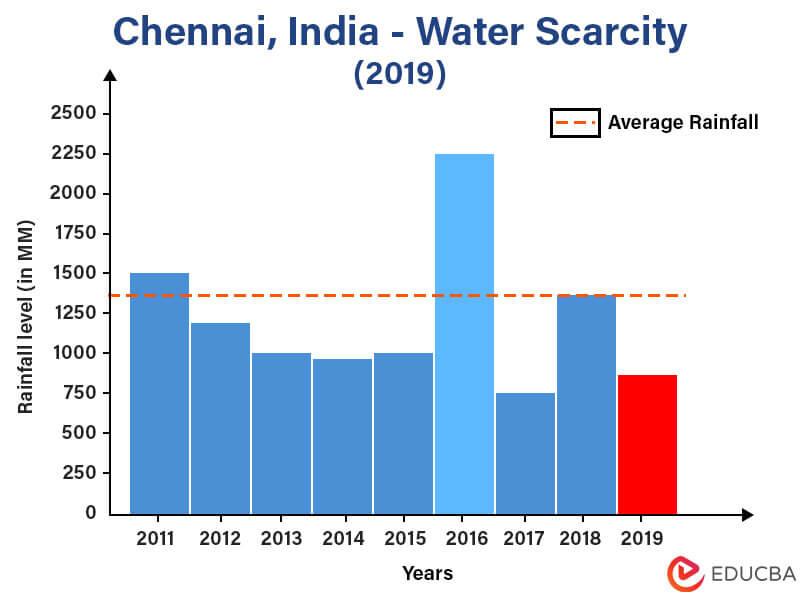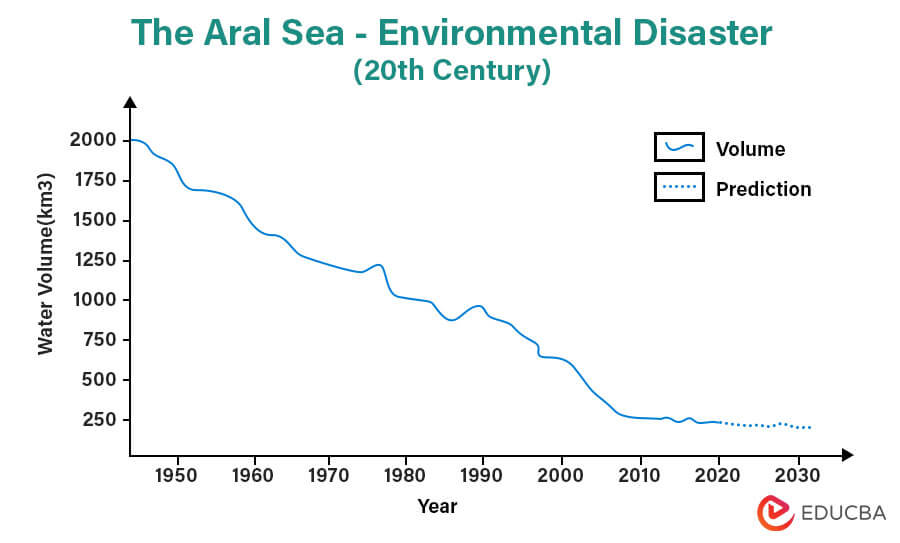Introduction to Save Water
Water, a vital resource for life, constitutes 71% of Earth’s surface, with only a minuscule fraction accessible as freshwater. This scarcity intensifies with a burgeoning global population and rising demands. Prioritizing water conservation is now imperative. This essay underscores the significance of safeguarding water and proposes actionable steps for individuals and communities to contribute actively to conservation endeavors. By recognizing the finite nature of freshwater resources and adopting sustainable practices, we can collectively address the pressing need to protect this indispensable element for our planet’s and future generations’ well-being.
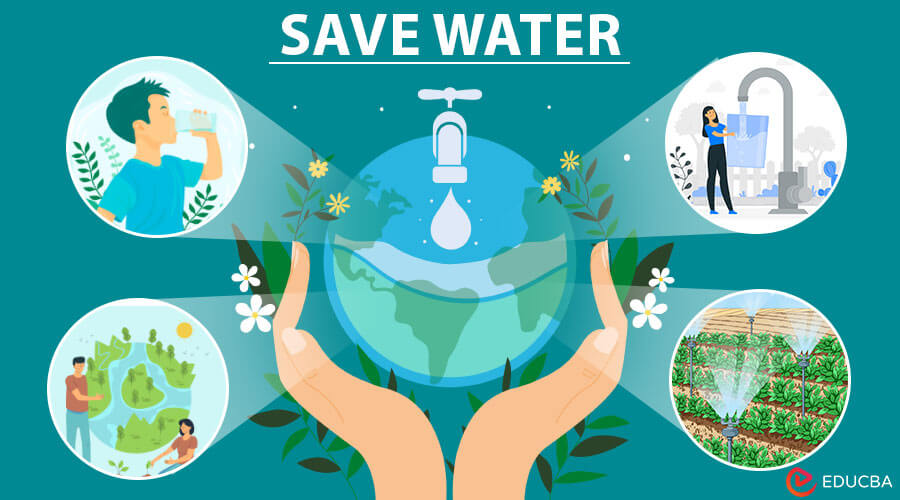
Importance of Water
Water, the essence of life, is indispensable in sustaining all forms of existence on Earth. Understanding the multifaceted importance of water is crucial for fostering a conscientious approach toward its conservation.
- Fundamental for Life: At its core, water is a fundamental necessity for all living organisms. From microscopic bacteria to towering trees, every form of life relies on water for its biological functions. Humans, composed largely of water themselves, require a continuous supply of it for bodily functions, including digestion, circulation, and temperature regulation.
- Economic and Agricultural Significance: Agriculture, the backbone of human civilization, heavily depends on water. Crops, livestock, and agro-industries require ample water resources for sustained productivity. Beyond agriculture, water is a vital component of various industrial processes, underpinning economic activities ranging from manufacturing to energy production.
- Environmental Balance: Ecosystems, from freshwater lakes to sprawling oceans, thrive on a delicate balance water maintains. Aquatic habitats support diverse flora and fauna, contributing to global biodiversity. Wetlands and water bodies act as natural filters, purifying water and ensuring the ecological health of surrounding areas.
- Human Health and Sanitation: Clean water is crucial for human health. Contaminated water spreads diseases. Sanitation facilities, reliant on water, prevent outbreaks and ensure public health.
- Cultural and Social Significance: Water holds immense cultural and symbolic value across various societies. It features prominently in rituals, ceremonies, and religious practices. Societies often settle near water sources, forming the basis for developing civilizations and cultural identities.
- Climate Regulation: Water has a crucial role in regulating Earth’s climate. Oceans absorb and release heat, influencing weather patterns and maintaining global temperature balance. The Earth’s climate is mostly shaped by the greenhouse effect, which is facilitated by water vapor in the atmosphere.
The Current Water Crisis
Water, once considered an abundant resource, is now facing a crisis of unprecedented proportions. A looming water crisis has become a stark reality as the global population surges and climate change disrupts traditional precipitation patterns. This crisis manifests in various forms, affecting regions worldwide and posing significant challenges to developed and developing nations.
1. Growing Scarcity:
- According to the United Nations, 2 billion people worldwide lack access to safe drinking water services.
- Rapid urbanization, population growth, and increased industrialization have led to a surge in water demand, outpacing the natural replenishment of water sources.
- Many regions, particularly arid and semi-arid areas, are experiencing acute water scarcity, with demand surpassing the available supply.
2. Unequal Distribution:
- Water scarcity is not uniform, with certain regions facing more acute challenges. Areas in the Middle East, North Africa, and parts of Asia are particularly vulnerable.
- Water scarcity is about the absolute quantity of water and its distribution. Some regions suffer from an inequitable distribution of water resources, exacerbating the impact of scarcity on vulnerable populations.
- Rural areas and marginalized communities often bear the brunt of unequal access to clean and safe water.
3. Impact of Climate Change:
- In certain regions, climate change results in more frequent and severe droughts; in others, it leads to heavy rains and flooding.
- Melting glaciers and changes in snowmelt patterns affect the availability of freshwater resources in mountainous regions, impacting downstream communities.
4. Depletion of Groundwater:
- Over-extraction of groundwater for agricultural, industrial, and domestic use is depleting aquifers at an alarming rate.
- Subsidence, or the sinking of the land surface, is occurring in some areas due to excessive groundwater pumping.
5. Contamination of Water Sources:
- Pollution from industrial discharges, agricultural runoff, and inadequate sanitation practices contaminate water sources, rendering them unsafe for human consumption.
- The presence of pollutants and toxins in water jeopardizes not only human health but also the health of aquatic ecosystems.
6. Conflict Over Water Resources:
- Competition for limited water resources increasingly creates tension between countries, regions, and communities.
- Water scarcity can exacerbate geopolitical conflicts and create new challenges for international relations.
7. Impact on Biodiversity:
- Diminishing water availability and changing water conditions threaten aquatic ecosystems, leading to declining aquatic biodiversity.
- Wetlands, crucial for biodiversity and water purification, are particularly vulnerable to draining and degradation.
Consequences of Water Scarcity
1 . Daily Life
- Water-related Health Issues: Limited access to clean water leads to waterborne diseases and contributes to overall health issues. Inadequate water availability can affect personal hygiene, sanitation, and nutrition, impacting the well-being of individuals and communities.
- Women and Children: Women and children, in particular, bear the brunt of water scarcity, as they are often responsible for fetching water. The time spent on water collection can limit their educational and economic opportunities.
2. Agriculture
- Livelihood Challenges: Water scarcity affects crop yields and threatens the livelihoods of farmers who depend on agriculture. Reduced agricultural productivity can increase poverty and economic vulnerability in rural areas.
- Global Food Trade Impact: Water scarcity in one region can have ripple effects on global food markets. If major agricultural areas face reduced yields, food prices and availability worldwide can be impacted.
3. Industries
- Small and Medium Enterprises (SMEs): Particularly at risk are small and medium-sized businesses, which might not have the means to react rapidly to a water shortage. This can lead to closures, job losses, and economic instability at the local level.
- Innovation and Green Technologies: Water scarcity challenges industries to innovate and adopt sustainable, water-efficient technologies. This shift towards green practices helps conserve water and contributes to environmentally responsible business models.
4. Ecosystem Degradation:
- Water-dependent Ecosystem Services: Essential services like flood control, water purification, and habitat for a variety of species are provided by ecosystems. Water scarcity disrupts these services, affecting ecosystems’ overall health and resilience.
- Impact on Migratory Species: Migratory species, both aquatic and terrestrial, depend on water availability at various points in their journeys. Water scarcity can disrupt these patterns, leading to population declines and ecosystem imbalances.
5. Social and Economic Ramifications
- Rural-Urban Migration: Water scarcity in rural areas can contribute to urban migration as people seek better opportunities. This migration can strain urban infrastructure and lead to the formation of informal settlements with inadequate water and sanitation services.
- Global Water Inequity: Water resources are not distributed equally worldwide, and chronic water scarcity may exist in some areas. This can contribute to geopolitical tensions and economic disparities, affecting international relations.
Practical Steps for Water Conservation
Here are practical steps that individuals, communities, and governments can take to conserve water:
Individual Responsibility
- Fix Leaks: Fix leaky pipes, toilets, and faucets immediately. Even little leaks can waste significant amounts of water.
- Water-Efficient Appliances: Upgrade to water-saving appliances such as low-flow toilets, showerheads, and washing machines. These reduce water usage without compromising functionality.
- Mindful Water Use: Be conscious of water consumption habits. Turn off taps while brushing teeth, shaving, or washing dishes. Take shorter showers and consider using a timer to track water usage.
- Reuse Water: Collect rainwater for watering plants or consider reusing greywater (from sinks, showers, and laundry) for non-potable purposes like flushing toilets or watering gardens.
- Landscaping Practices: Opt for drought-resistant plants and landscaping techniques that require less water. Mulch soil to retain moisture and reduce evaporation.
Community Initiatives
- Education and Awareness: Organize events and activities to educate the public on water conservation. Partner with schools, organizations, and groups to promote water-saving initiatives.
- Community Gardens: Foster community gardens that employ water-efficient irrigation methods. Encourage local residents to participate and learn sustainable gardening practices.
- Water Recycling Programs: Initiate programs for greywater recycling in neighborhoods or communities. Install communal rainwater harvesting systems for collective use.
- Regulation and Policies: Advocate for local policies that promote water conservation, such as restrictions on water use during droughts, incentives for water-saving technology adoption, or rebates for water-efficient appliances.
Governmental Action
- Infrastructure Investment: Governments can invest in modernizing water infrastructure to reduce leaks in water supply systems and improve water distribution efficiency.
- Legislation and Enforcement: Enforce strict industrial and agricultural water usage regulations to ensure responsible and sustainable practices.
- Research and Development: Allocate resources for research into innovative water-saving technologies and support initiatives focused on sustainable water management.
- Collaboration and International Cooperation: Encourage international cooperation to address transboundary water issues and promote sustainable water use globally.
Case Studies
Cape Town, South Africa – Day Zero Crisis (2017-2018):
- Cape Town faced a severe water crisis exacerbated by population growth, climate change, and mismanagement of water resources.
- The city’s reservoirs reached critically low levels, and officials warned of “Day Zero,” when the city would run out of water entirely.
- Stringent water restrictions, public awareness campaigns, and innovative measures such as desalination and water recycling were implemented to avert Day Zero.
- The crisis underscored the need for proactive water management, efficient infrastructure, and community involvement in addressing water scarcity.
California, United States – Drought Emergency (2012-2017):
- California faced a prolonged drought, considered one of the most severe in its history, leading to water shortages, agricultural losses, and ecological impacts.
- The state implemented water conservation measures, including mandatory restrictions on water usage, promoting drought-resistant crops, and investing in water-efficient technologies.
- The crisis highlighted the interconnectedness of water availability, agriculture, and urban living, prompting long-term policy changes and increased emphasis on sustainable water practices.
Chennai, India – Water Scarcity (2019):
- Chennai, a major metropolitan city in India, faced a severe water crisis due to deficient monsoons, urbanization, and over-extraction of groundwater.
- Depletion of water sources led to dried-up reservoirs, leaving millions of residents needing access to regular water supply.
- The crisis prompted the government to explore alternative water sources, invest in rainwater harvesting, and raise awareness about water conservation practices among the population.
The Aral Sea – Environmental Disaster (20th Century):
- Once one of the world’s largest inland seas, the Aral Sea experienced a catastrophic decline in water levels due to diversifying rivers for irrigation projects.
- The shrinking of the Aral Sea led to environmental degradation, loss of biodiversity, and adverse health effects on local communities due to the exposure of toxic substances from the exposed seabed.
- Efforts to mitigate the disaster include the construction of dams and restoration projects, emphasizing the importance of sustainable water management in preventing large-scale ecological disasters.
Conclusion
The urgency to save water is not merely an environmental concern but a collective responsibility to preserve the essence of life. Every drop saved today ensures a sustainable tomorrow. By embracing water-efficient practices, fostering community awareness, and advocating for sound policies, we pave the way for a resilient future. As custodians of this precious resource, let us recognize that in water conservation, we secure the well-being of our planet and safeguard the vitality of generations yet to come.
